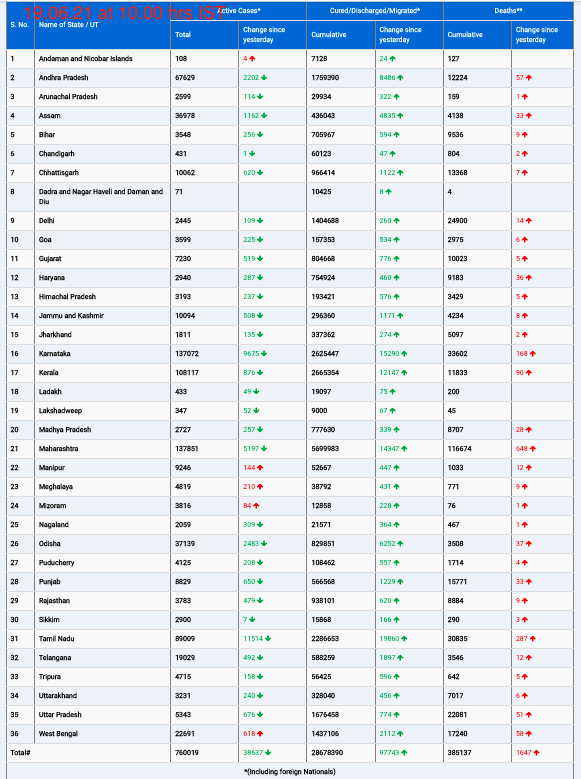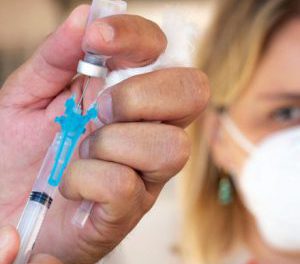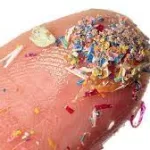
A recent study published in the journal Pediatrics reveals a nearly 300% surge in reported medication errors among children receiving treatment for attention-deficit/hyperactivity disorder (ADHD) over a 22-year span, based on data from US poison control centers.
This drastic increase is attributed to the rise in ADHD medication prescriptions for children. In 2019, close to 10% of children in the United States were diagnosed with ADHD, with approximately 3.3 million, or 5% of all children, being prescribed ADHD medication.
The authors emphasize the preventability of therapeutic errors and call for greater emphasis on educating patients and caregivers, as well as the development of enhanced child-resistant medication dispensing and tracking systems.
The study’s analysis, spanning from 2000 to 2021, identified 124,383 reported errors related to ADHD medication, marking a 299% escalation. The majority of incidents (66.6%) involved children aged 6 to 12, predominantly males (76.4%), and half (50.5%) were linked to amphetamines and related substances. Nearly 80% of errors involved exposure to a single substance. Notably, 83% of patients did not seek treatment at a healthcare facility; however, 2.3% required hospital admission, and 4.2% experienced a “serious medical outcome.”
The most common error scenarios were “inadvertently taken or given medication twice” (53.9%), followed by “inadvertently taken or given someone else’s medication” (13.4%), and “wrong medication taken or given” (12.9%). Approximately 2% of errors involved mistakes by pharmacists or nurses.
Natalie I. Rine, PharmD, one of the study’s co-authors and director of the Central Ohio Poison Center at Nationwide Children’s Hospital, suggests that these errors stem from household busyness and distracted caregivers. She emphasizes that such mistakes can easily be prevented by proper medication storage, documenting intake, and utilizing aids like pillboxes or apps.
The significant increase in ADHD diagnoses and subsequent medication prescriptions underscores the surge in poison control calls. A 2018 study revealed a rise in ADHD diagnoses from 6.1% in 1997–1998 to 10.2% in 2015–2016. The Centers for Disease Control and Prevention reports that 6 million children and adolescents aged 3 to 17 have been diagnosed with ADHD, with 62% receiving medication.
Dr. Colleen Kraft, a pediatrician at Children’s Hospital Los Angeles, notes that the expanding array of ADHD medications adds to the potential for errors. She also suggests that some parents with undiagnosed ADHD may be administering medication, increasing the likelihood of mistakes.
Kraft highlights that not all ADHD medication overdoses have the same consequences. While doubling up on stimulants like methylphenidate (Ritalin) or amphetamine and dextroamphetamine (Adderall) may lead to temporary discomforts, the use of alpha-1 adrenergic blockers, such as guanfacine and clonidine, can be more dangerous, causing sedation and potentially dangerous drops in blood pressure.
The study acknowledges a limitation in self-reporting bias, which might lead to underreporting of incidents, as some parents may adopt a wait-and-see approach if their child exhibits no symptoms after an error occurs.












